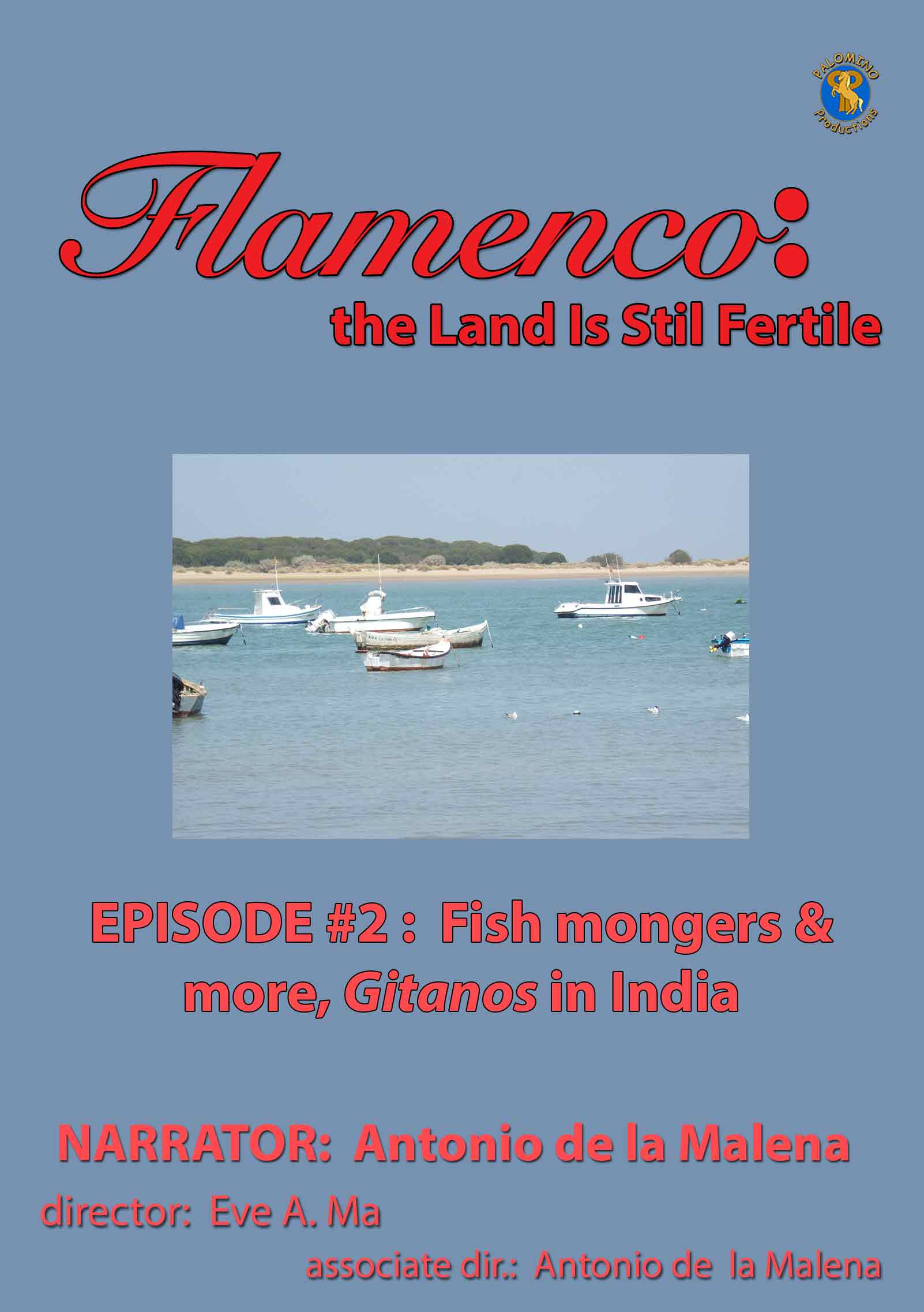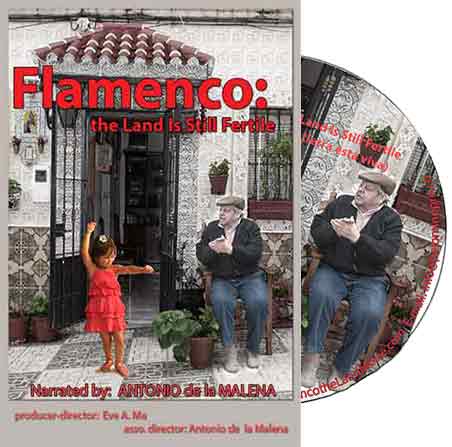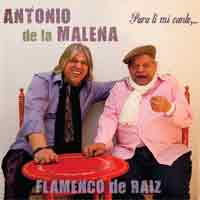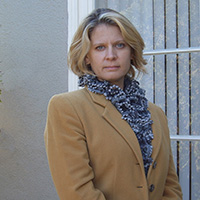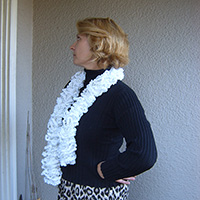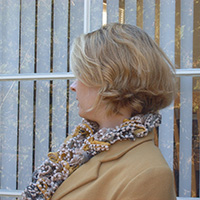FEATURE LENGTH
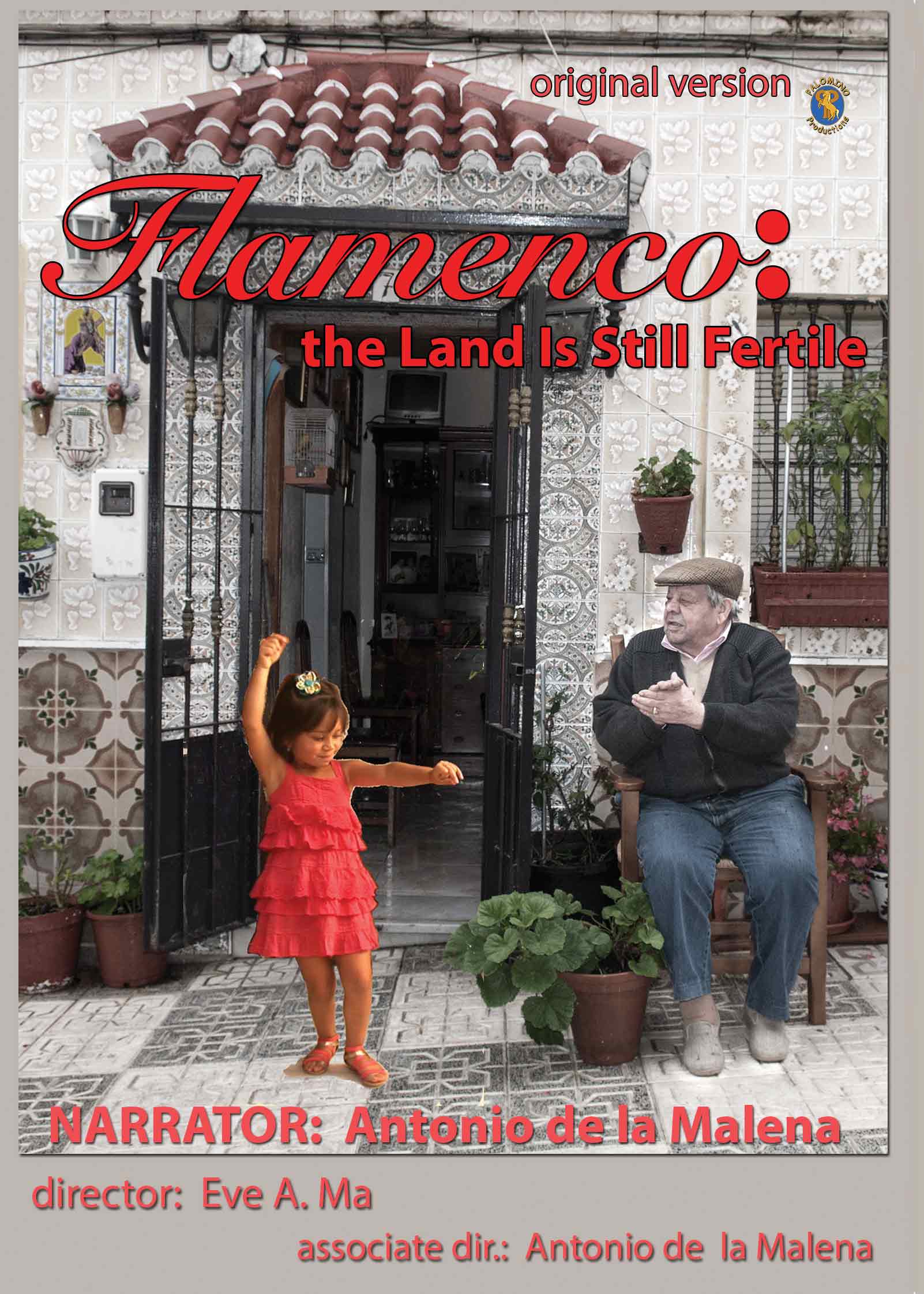
We shot Flamenco: the Land Is Still Fertile (Flamenco, la tierra está viva) in southern Spain's "cradle of flamenco," in and near the city of Jerez de la Frontera. Since associate director Antonio de la Malena, a prize-winning singer from Jerez, knows "everyone" in the flamenco world, he ensured that the documentary gives an accurate representation of this passionate art form, and secured the participation of the region's most important performers.
The documentary uses performance, interviews, a narration and other materials to show what traditional flamenco is. It also attempts to contrast it with flamenco fusion so that the viewer will be able to distinguish between the two. Since (in this director's opinion) traditional flamenco is an art form that with great emotional depth, far more (in this director's opinion) than flamenco fusion, we should preserve and nurture it.
SPECS: 1 hr. 40 min., color, HD. In Spanish with English subtitles; has closed captions and comes with 5 min. EXTRA, a guitar solo by Diego del Morao.
You can PUCHASE directly from us (SEE BELOW) or from Alexander Street Press (all formats) or the DVD only from Midwest Tape.EPISODES - as seen on PBS
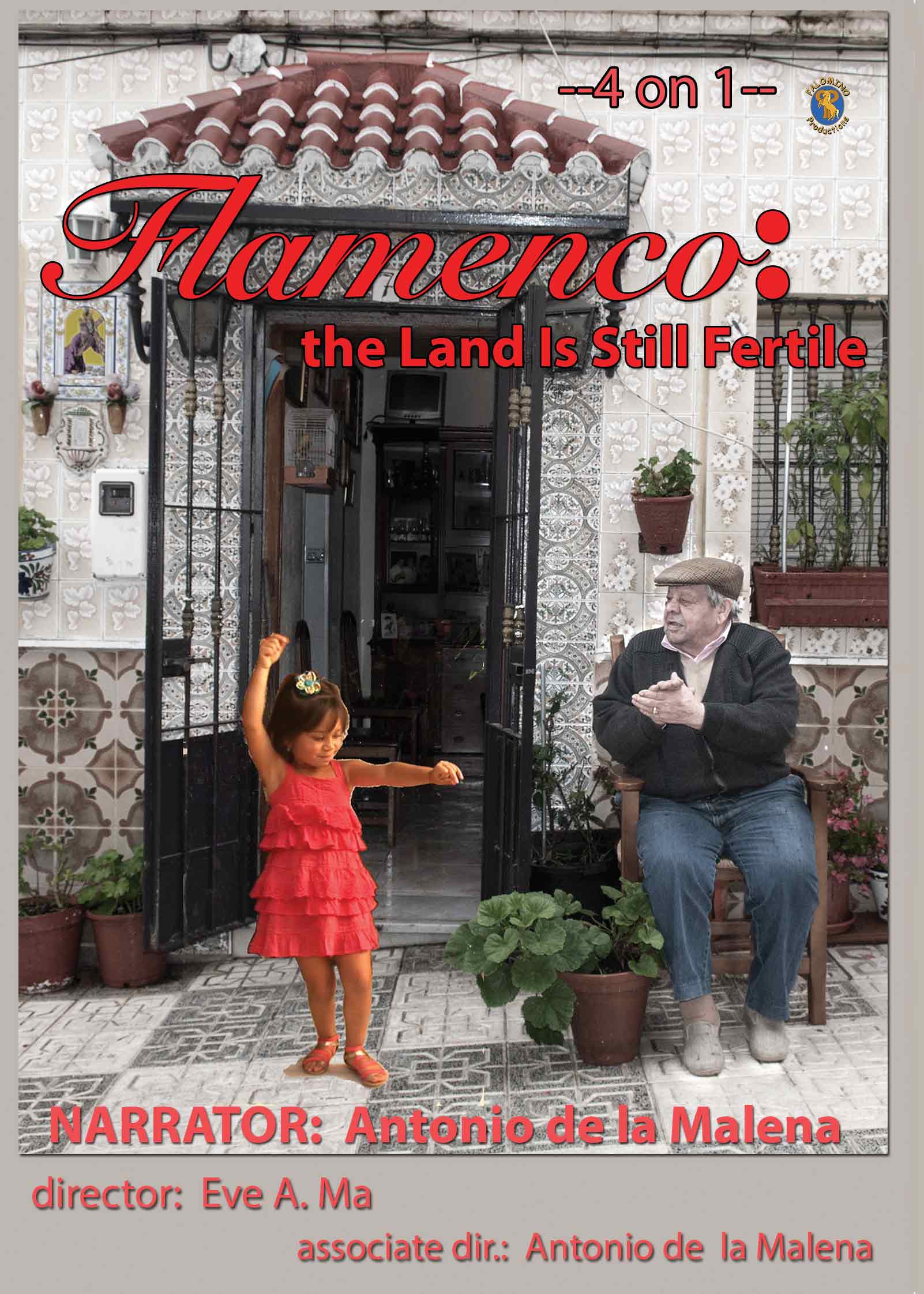
Especially for classroom use, we have this version in which the full documentary is divided into four separate episodes (or chapters), each one about 27-28 minutes long. As before, these were shot in southern Spain's Jerez de la Frontera and combine performance, interviews, a narration and other material.
This is the version which has been airing over PBS and other television stations. Again, it features well-known flamenco singer Antonio de la Malena as narrator, and contains world-class performance, fascinating interviews and other material.
SPECS: About 2 hrs. (each of the 4 episodes is 27-28 min. long), color, HD, produced/directed by Eve A. Ma, in Spanish with English subtitles, has ADA-approved closed captions.
You can PURCHASE directly from us (SEE BELOW) or from Films Media Group or (DVD only) from Midwest Tape.
INDIVIDUAL EPISODES - as seen on PBS
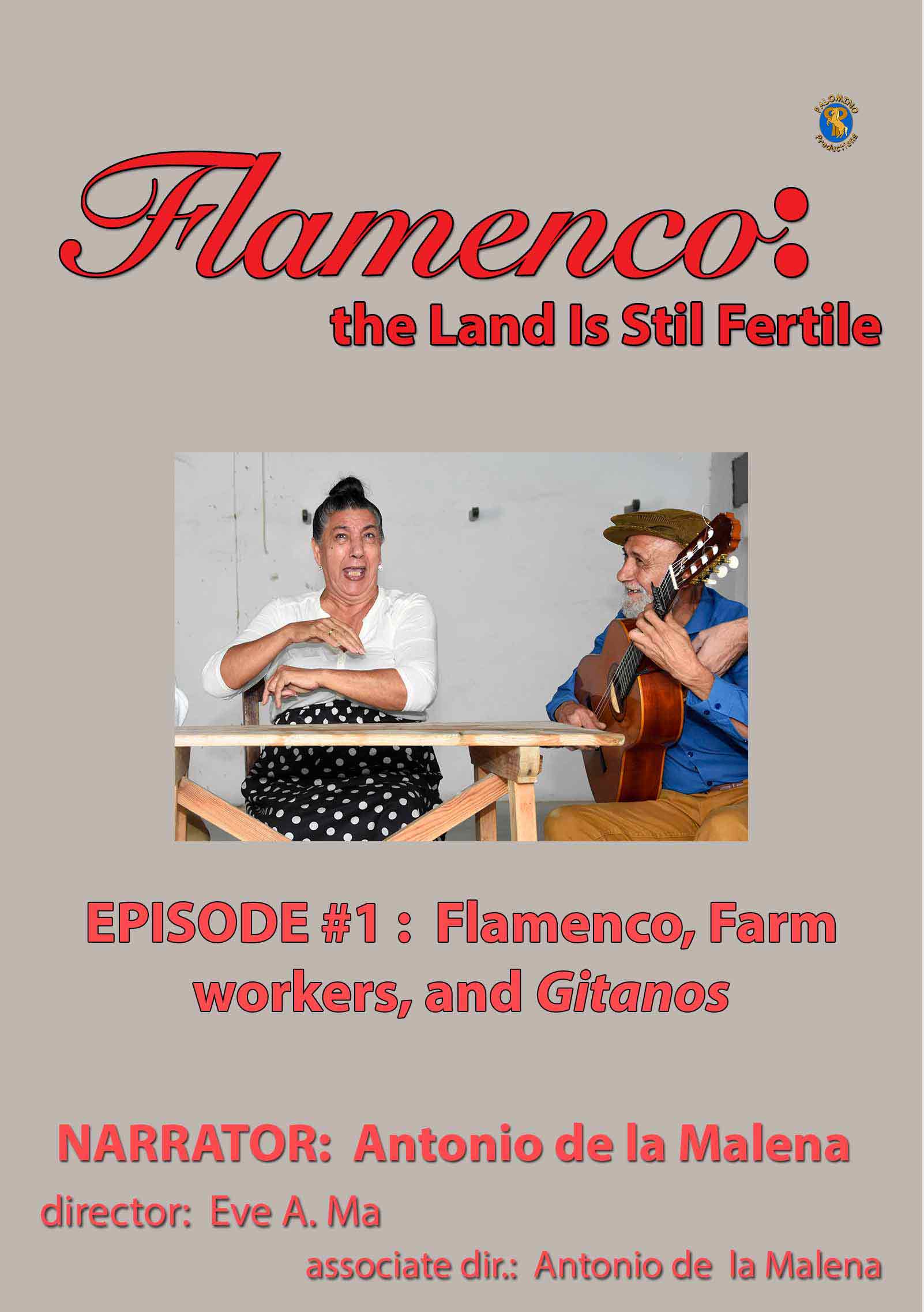
This episode focuses on flamenco's connection with farm-workers, especially gitano (Spanish Gypsy) farm-workers, who lived in farm-workers' dormitories for most of the year. To keep up their spirits after the grueling work they did, in the evenings, they sang (and sometimes danced) flamenco. Entire families lived together, separated by age, sex and martial status by curtains strung up to provide a bit of privacy. Because of their close connection over long periods of time, perhaps more than anyone else, they as are responsible for maintaining and further developing the art form, at least since the 19th century.
The episode is enriched by the performance of several flamenco stars: Niño Jero el Periquín on the guitar, the cante (singing) of Tía Juana la del Pipa and Antonio de la Malena, and the dance of Antonio el Pipa. In addition, there is a section about the origins of gitanos in northwest India's Rajasthan which includes photos and some video from the region.
A half-hour (27 min.), color, HD, closed captions; produced/directed by Eve A. Ma, with narration by flamenco singer Antonio de la Malena. In Spanish with English subtitles, and closed captions.



